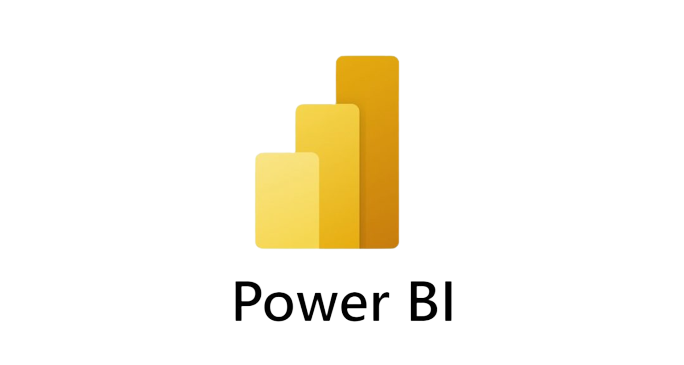
Iceberg
Apache Iceberg, an open-source table format for data lakes. This guide covers core concepts, features like ACID transactions and time travel, and implementation on platforms like Spark and Snowflake.
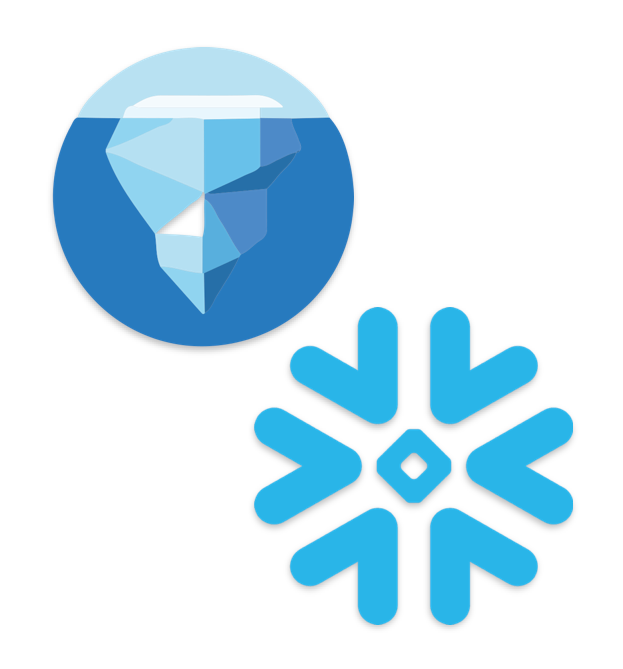
Iceberg and Snowflake Integration
Learn how to integrate Apache Iceberg with Snowflake, covering key concepts like external tables, time travel, and file management, along with practical implementation examples and best practices.
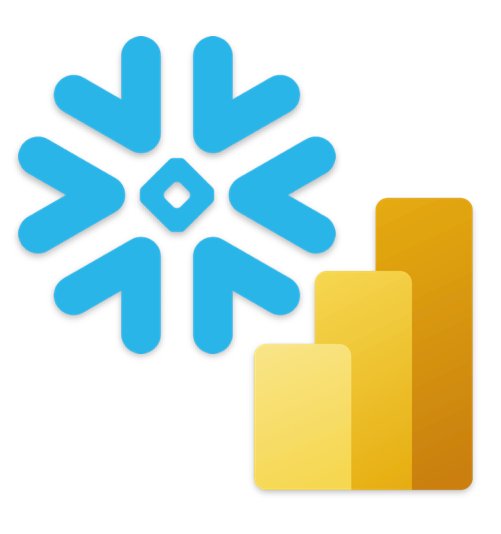
PowerBI and Snowflake Integration
This blog will explore how to effectively integrate Power BI with Snowflake, focusing on best practices and technical details from the provided documents. It aims to help users understand the process and optimize their data analytics workflows.
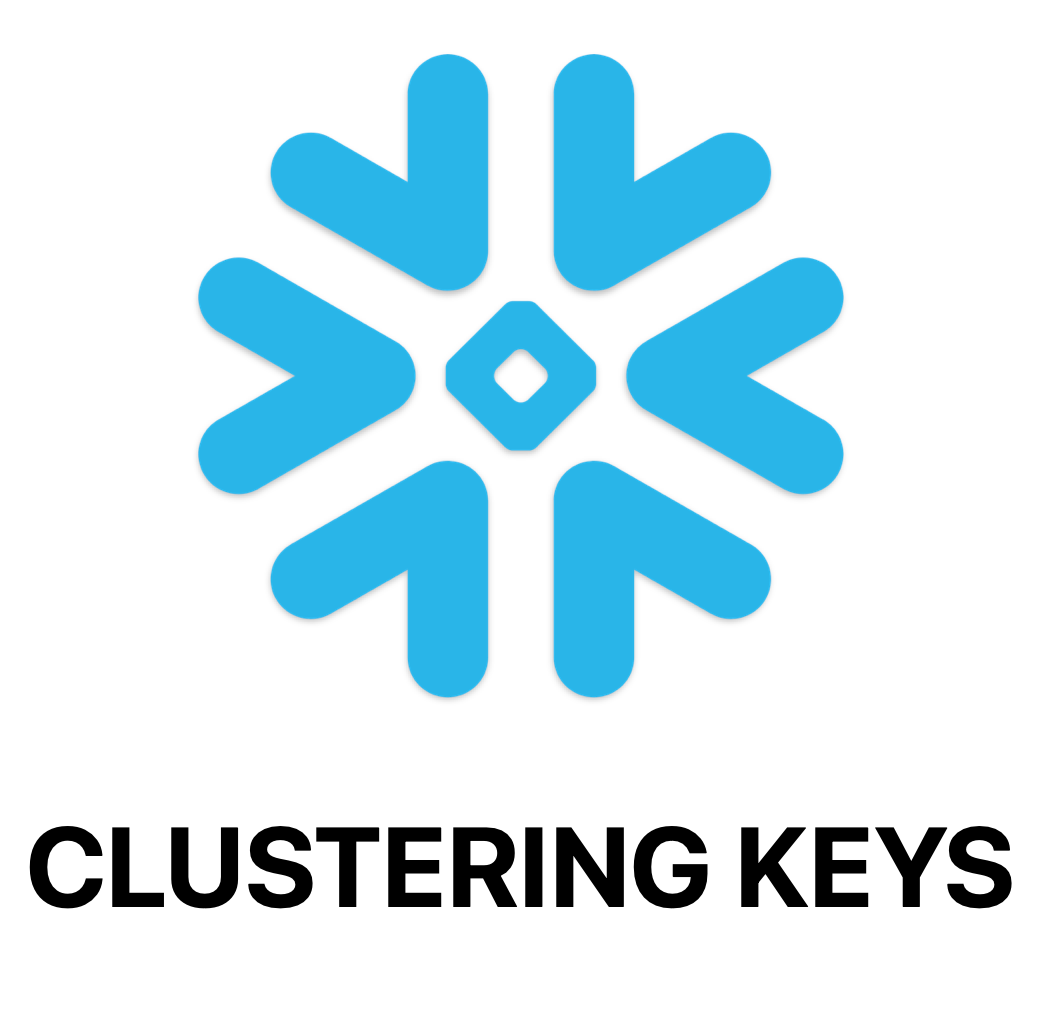
Optmizing Query Performance with Clustering Keys in Snowflake
This blog explores how Clustering Keys Data Pruning, and the Search Optimization Service (SOS) enhance query efficiency in Snowflake. It explains how clustering keys physically organize data into micro-partitions enabling faster queries by reducing unnecessary scans. Data pruning leverages metadata to skip irrelevant partitions further improving performance.
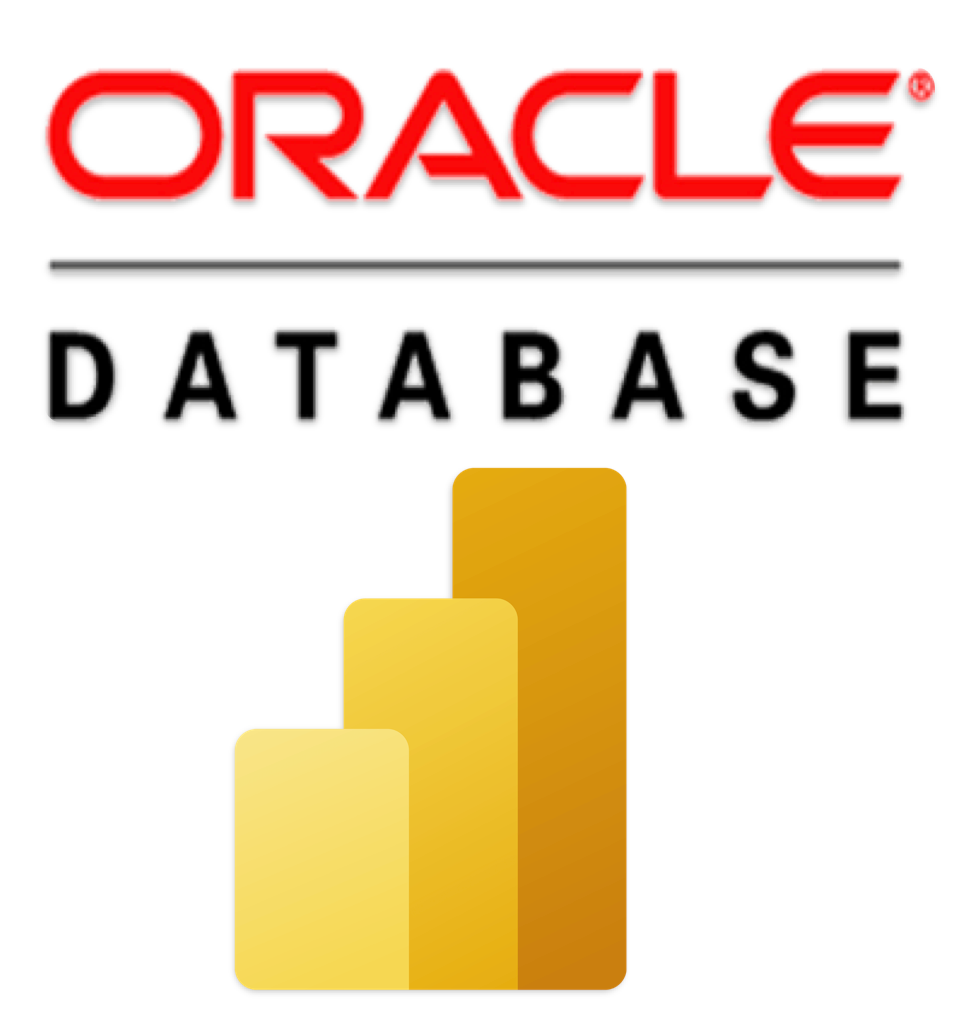
Connect Power BI to On-Premise Oracle Database via VPN
Learn how to securely connect Power BI Desktop to an on-premise Oracle database using VPN, configure the On-Premises Data Gateway, and automate report refreshes in Power BI Service. Includes troubleshooting tips, performance optimizations, and best practices for enterprise environments.
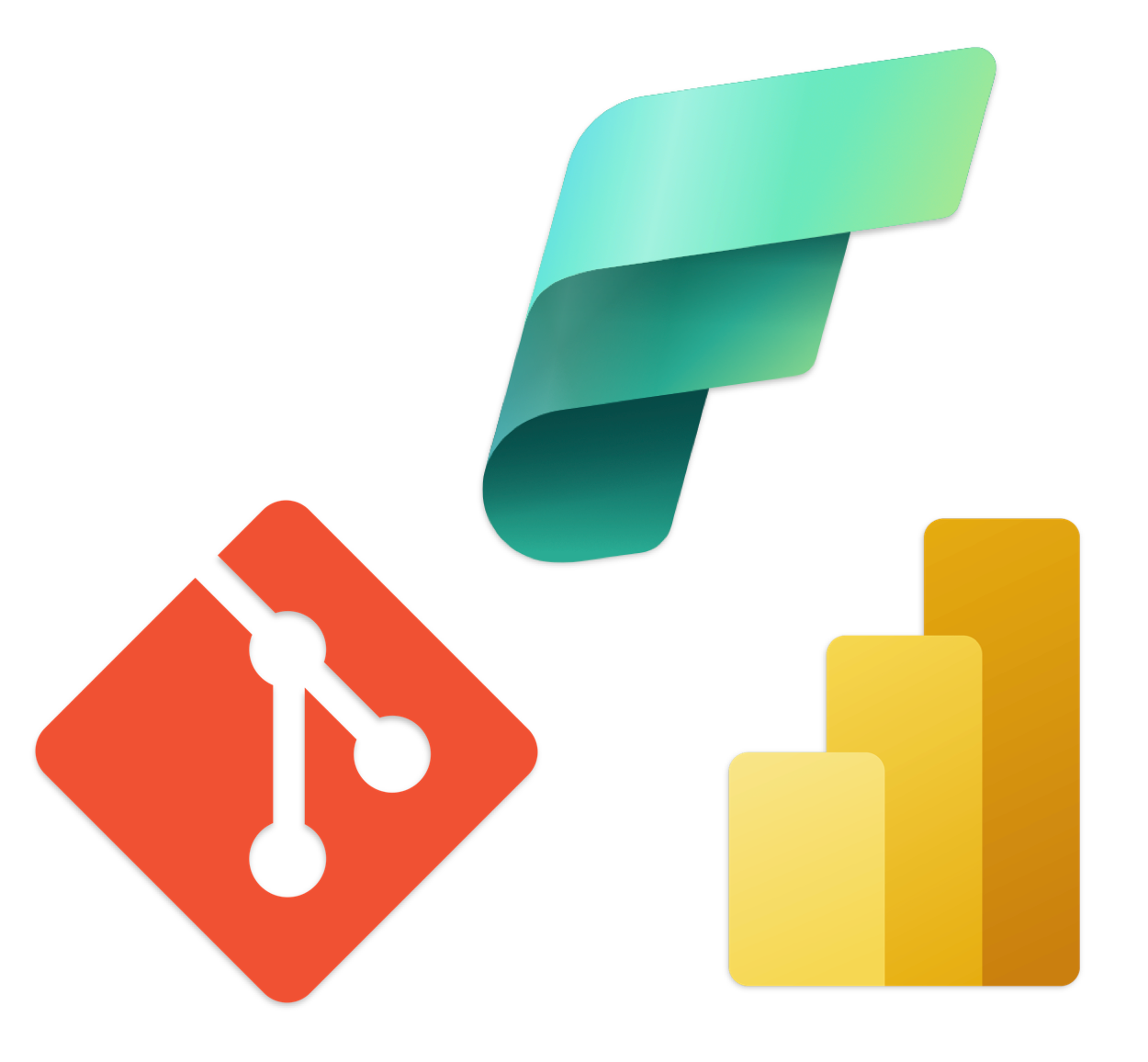
Automating Power BI Workflows with CI/CD in Microsoft Fabric
An in-depth blog on automating Power BI workflows with CI/CD (Continuous Integration/Continuous Deployment) in Microsoft Fabric. This blog covers Azure DevOps and Git integration, automating deployments for data pipelines and reports, and best practices for version control and workflow optimization with real-world examples

DBT
This article explores the types of tests in dbt (data build tool), including generic tests, dbt_utils package tests, and custom tests. It provides an overview of each type of test, their purpose, and how to use them effectively to ensure data quality and integrity.
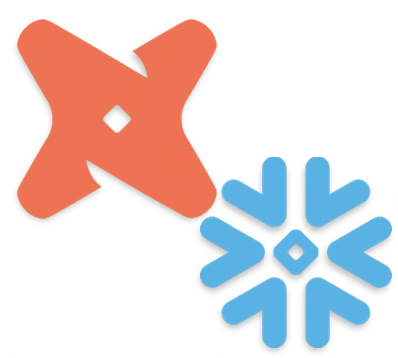
dbt and Snowflake Integration
This article explores the integration of dbt with Snowflake, a comprehensive guide to using dbt with Snowflake. It covers the main concepts of dbt, including models, materializations, sources, tests, documentation, macros, and packages. It also discusses Snowflake-specific features like zero-copy cloning, time travel, and tasks. Additionally, it covers advanced concepts like incremental models, snapshots, seeds, and custom materializations. Finally, it provides best practices for using dbt with Snowflake.

SQL Interview Quick Guide: From Basics to Interview Ready
Whether you're a beginner or looking to polish your skills, this blog post breaks down essential SQL concepts with clear explanations and practical examples of potential SQL interview questions. Prepare to your next SQL interview!
